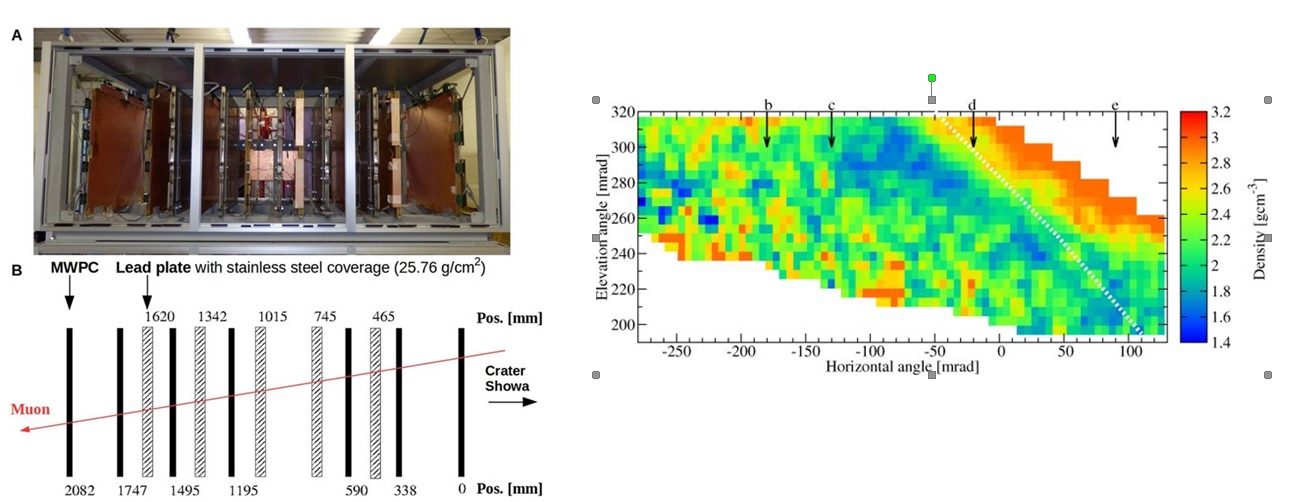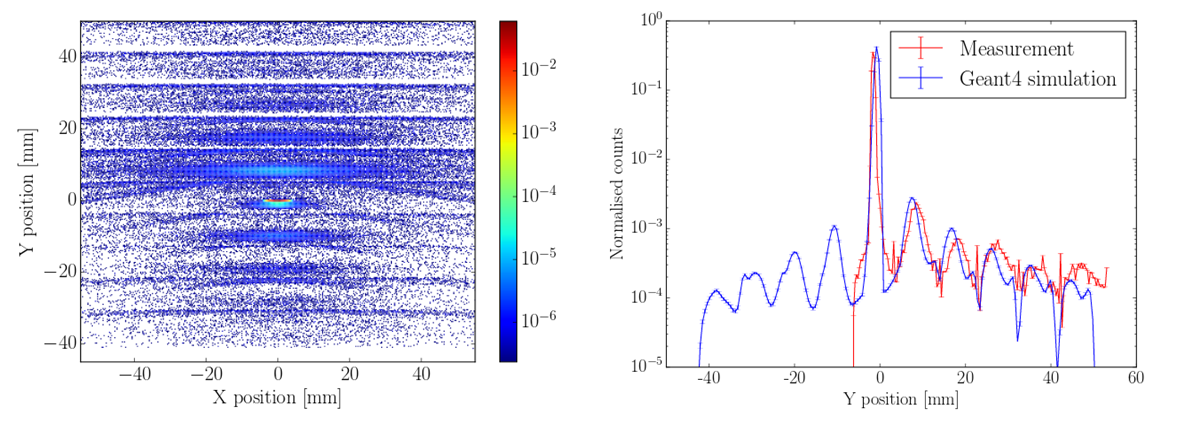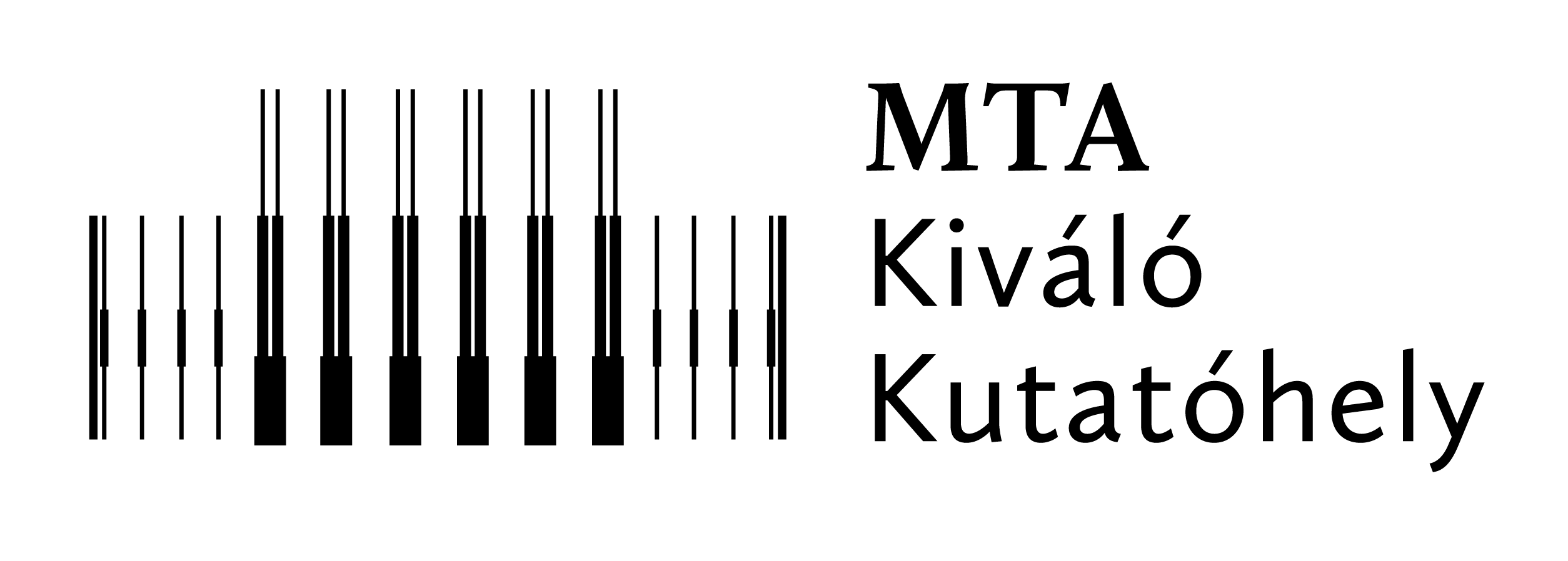2018
The concluded “Momentum” grant support from the HAS has been converted to a permanent funding starting from this year. The group has concluded commitment to the CERN ALICE TPC Upgrade experiment, as well as completed two Deliverables for the H2020 grants BrightnESS and AIDA2020, respectively. An interesting test of General Relativity has been formulated (A. László). Using detectors developed by the group, an active volcano imaging has been performed (L. Oláh et al), in collaboration with Tokyo University and the NEC company.
Contributions to CERN ALICE TPC Upgrade Collaboration. — The activities of the group in the TPC Upgrade Collaboration has been concluded, with about 400 large size GEM foils processed in Budapest. The Advanced Quality Assurance testing site which was established, is the second step of the TPC construction after production (at CERN), and the foils were forwarded to Germany and the USA.
Imaging with cosmic muons. — The application of cosmic muons for large scale imaging has been a research direction in the group in the previous years. An important application for cosmic muons detectors, developed in the last years by the group, is imaging the interior of volcanos. This direction was pursued by Japanese and various European groups. Gaseous tracking detectors, and in our case, a specific type of an MWPC developed by our group, are highly competitive with the traditional scintillators in terms of cost, weight and power consumption. The detector system has been installed by the Sakurajima volcano in Japan (southern island), see Figure 1, to demonstrate the true applicability and sufficiently low level of background, and to gain experience for the future developments. Presently 4 square meter sensitive area is installed, the largest of its kind in the world, with the results published in Scientific Reports (L. Oláh et al). The japanese NEC company has licensed the MOS for research purposes, and continued its licensing rights and funding also this year.

Figure 1. Outline of the MOS at Sakurajima, with the image of the Showa crater
General Relativity effects in storage ring
In the paper Class.Quant.Grav.35(2018)175003 (A. László) a mechanism was proposed in order to perform a General Relativity (GR) experiment using spin polarized particle beams. The principle of the experiment is the following.
The magnetic moment anomaly, also called g-2, of particles are measured in magnetic storage rings: in a homogeneous magnetic field the particle spin precesses in the orbital plane at a rate which is proportional to the magnetic moment anomaly. The electric dipole moment (EDM) of particles are measured in combined magnetic and electric storage rings in which the magnetic spin precession is compensated by a suitably chosen electric field, and such settings are therefore called frozen spin storage rings (Figure 2, left panel). If an EDM of a particle existed, it would torque the spin out of the orbital plane in a frozen spin ring setting. In our paper it was shown that due to General Relativity, Earth's gravitational field also would torque the particle spin out of the orbital plane, similar to an EDM effect (Figure 2, right panel). Therefore, it was proposed to consider the optimization of EDM rings in such a way that the pertinent GR effect can also be detected. This would provide an unusual test of GR in laboratory circumstances: for microscopic particles, at relativistic speeds, along non-geodesic (forced) trajectories, and the tensorial nature of GR would be at test, not merely the gravitational drag.

Figure 2. Frozen spin muon experiment, and precession effect due to General Relativity effect
Investigation of neutron scattering. — In order to quantify the neutron scattering in the ESS Multi-Blade detector, highly detailed simulations were performed and compared to measurements, shown in Figure 3. This study has revealed that the scattering (causing background and degradation of image contrast) is extremely small, matching the ESS requirements.

Figure 3. Scattered neutron position for the Multi Blade detector (in the plane vertical to the beam, left panel), and comparison of the simulations to actual measurement (right panel)



